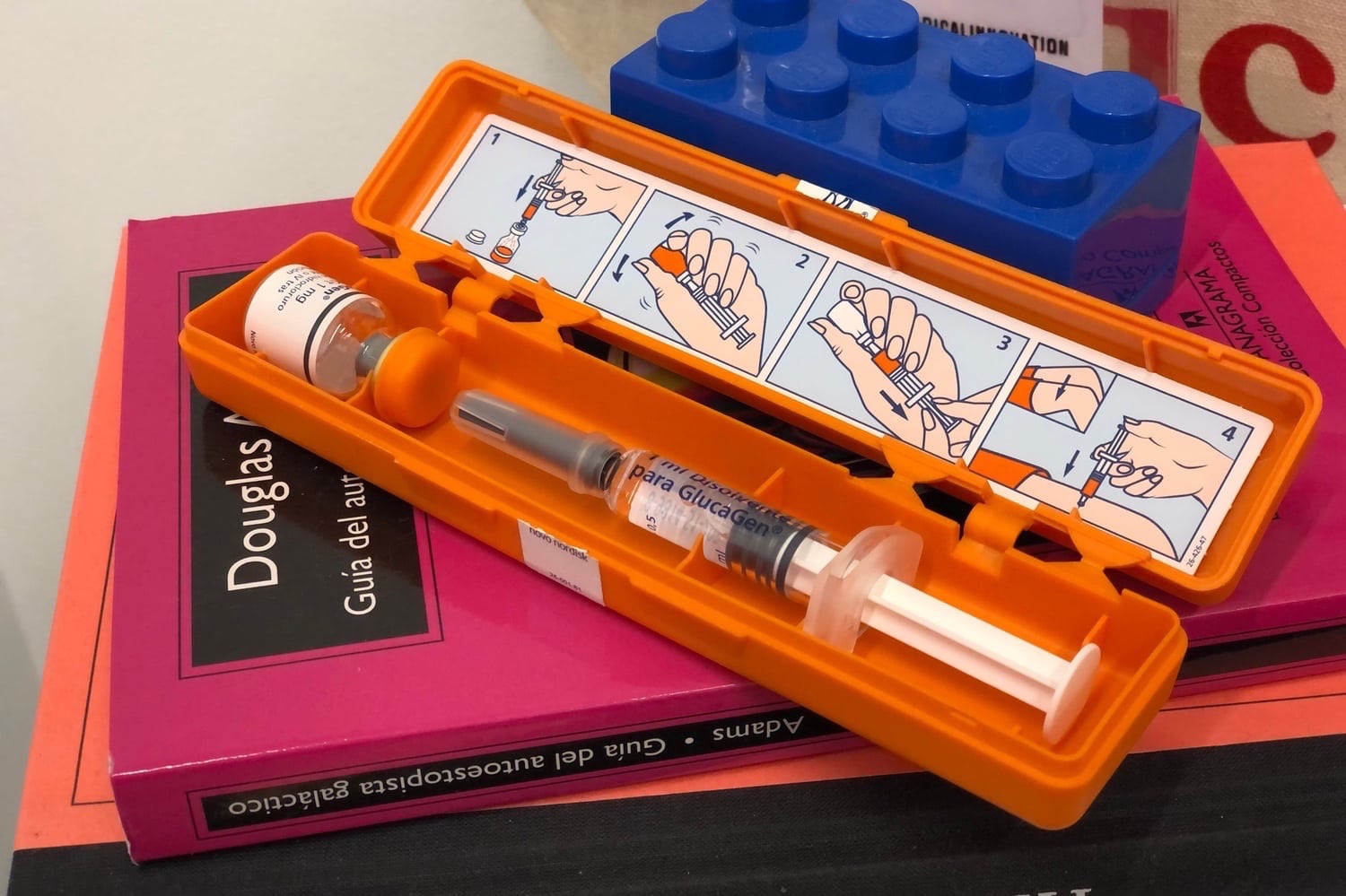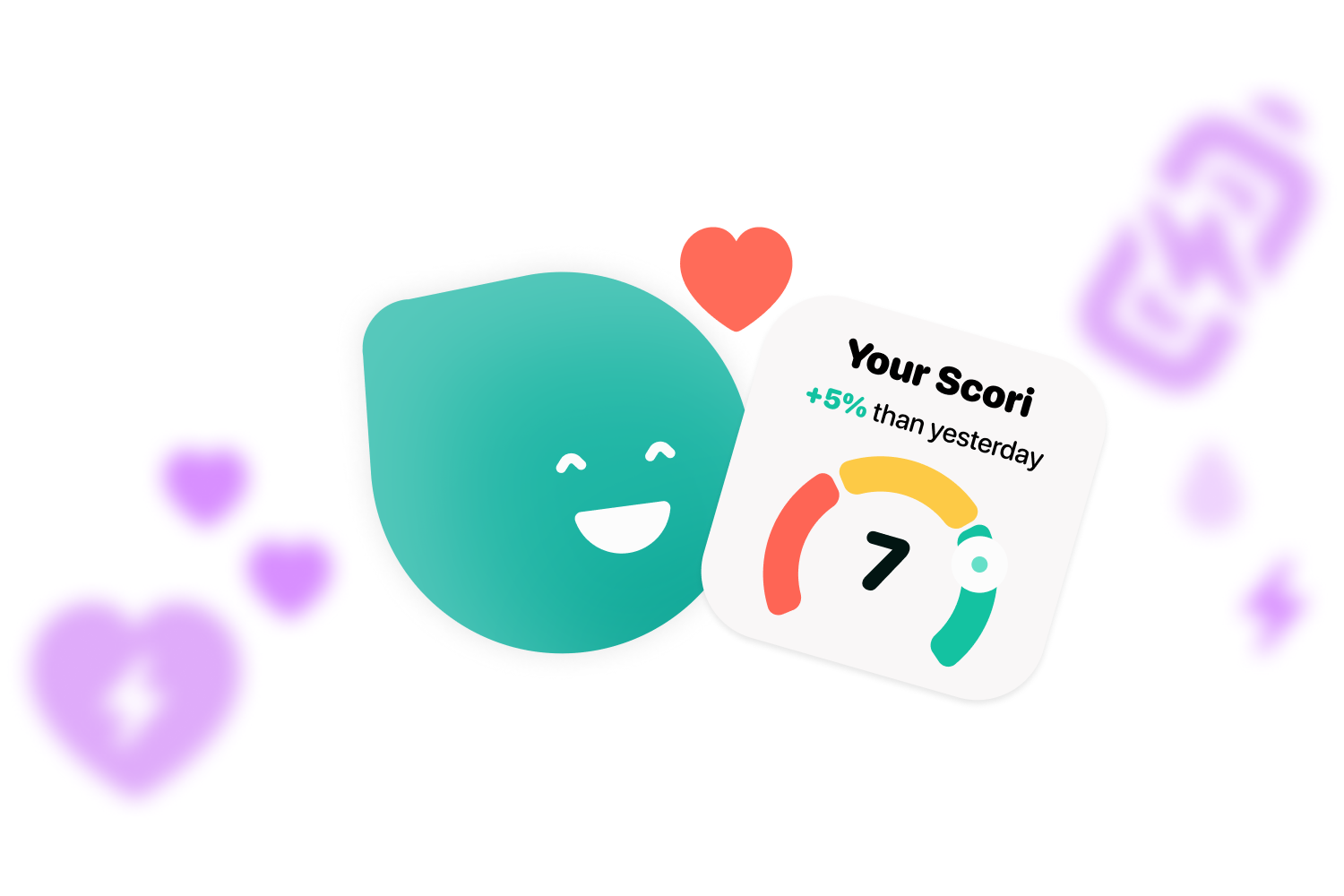If you are just starting to learn about diabetes and want to know what glucagon is and how it is used, you are in the right article.
People with diabetes can experience variations in their blood glucose levels. Therefore, it is important that they know how to recognize them in time to avoid health complications. One such complication is low blood sugar, or hypoglycemia, which, if not too severe, can be counteracted with rapidly absorbed carbohydrates. However, if the person is unconscious, the use of glucagon, the hormone that is the subject of this article, will be necessary. If this information is not enough for you and you want to know more, read on.
What is glucagon?

El glucagón es una hormona que, como la insulina, se produce en el páncreas y hace que los niveles de glucosa en sangre aumenten. Juntas estas dos hormonas trabajan para conseguir el equilibro necesario para tener unos niveles de azúcar en sangre normales. Es decir, todos en nuestro cuerpo producimos glucagón.
Glucagon is a hormone that, like insulin, is produced in the pancreas and causes blood glucose levels to rise. Together these two hormones work to achieve the balance needed for normal blood sugar levels. In other words, everyone in our body produces glucagon.
Injectable glucagon: what is it used for?

As mentioned above, we all produce glucagon naturally. However, this hormone can also be administered externally when low blood sugar or severe hypoglycemia occurs.
Severe hypoglycemia happens when the person has lost consciousness and can not eat food to try to increase their blood sugar. In these cases, especially if they are people with diabetes, an injection of glucagon will be necessary, which will increase their blood sugar levels in less than 15 minutes.
It is recommended that all people with diabetes carry a container of glucagon with them for possible emergencies. It is also important that someone close to them knows how to administer it in order to act as quickly as possible.
Keeping sugar levels under control is a complicated task, as they can be affected by many factors such as food, physical activity, stress or menstruation. Therefore, applications such as Cori make daily diabetes management easier, as they will alert us when blood glucose is below normal levels so that we can react as soon as possible.

Become a diabadass!
Join our weekly newsletter and learn
all the tips and tricks.
People with diabetes are especially vulnerable to the dangers of colds and the flu, but there are things you can do to control your symptoms and avoid getting sick in the first place. You may maintain your health even when you’re feeling under the weather by constantly monitoring your blood sugar levels, staying hydrated, getting enough of rest, and adhering to your diabetes management plan. Additionally, you may lower your risk of getting sick and safeguard yourself from any problems by maintaining proper cleanliness, being vaccinated, and generally maintaining good health. Make sure to discuss any worries you may have with your healthcare team for advice and support if you have diabetes and are worried about managing colds and the flu.
How is glucagon injected?

If you have to inject glucagon in an emergency situation for the first time, do not panic, it is simpler than it seems. In the kit itself you will find the instructions and the components you will need. The steps to follow to inject glucagon are as follows:
- Introduce the liquid from the syringe into the powder vial.
- Shake gently to mix evenly.
- Draw out the content and inject it completely into the arm, belly or thigh.
- If, after 10 minutes, the patient has not regained consciousness, call an ambulance.
Some recommendations

- Store glucagon in the refrigerator at a temperature between 2º and 8º or, outside the refrigerator, below 25º until 18 months.
- Do not use if expired.
- Keep it in the original container so that it does not come into contact with light.
- Use it immediately after preparation, do not store for later.
- Do not inject if the solution is gelatinous.
If you liked this article about glucagon and want to learn more about the world of diabetes, don’t forget to follow us on Instagram, Twitter, Facebook or LinkedIn




